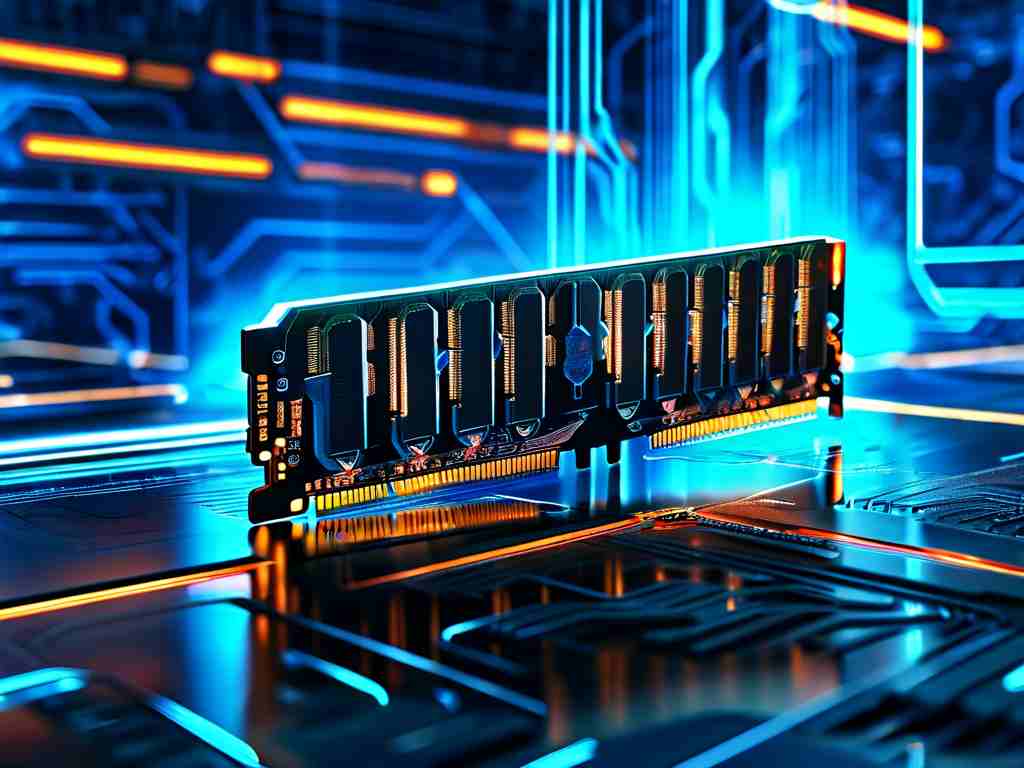In the era of exponential data growth, massive memory computing systems are emerging as game-changers for industries dealing with complex analytical workloads. Unlike traditional computing architectures that rely on disk-based storage and limited RAM capacity, these next-generation systems leverage terabytes of persistent memory to process information at unprecedented speeds while maintaining exceptional energy efficiency.
Technical Architecture Breakdown
Modern massive memory computers combine three critical components:

# Sample memory configuration for reference
memory_config = {
"Persistent Memory": "8TB Intel Optane PMem",
"DRAM": "2TB DDR5 ECC",
"Storage Acceleration": "4x NVMe SSDs in RAID0"
}
This hybrid approach enables <5ns latency for in-memory operations while providing fault tolerance through advanced error-correcting code (ECC) mechanisms. The secret sauce lies in memory-centric architectures that eliminate unnecessary data movement between storage tiers – a key bottleneck in conventional systems.
Real-World Applications
Financial institutions now process risk models 40x faster using Monte Carlo simulations running entirely in memory. Healthcare researchers analyze whole-genome sequences in hours rather than weeks, with systems like the Fujitsu A64FX-powered clusters demonstrating 98% memory bandwidth utilization.
Energy Efficiency Paradox
Contrary to assumptions about power consumption, massive memory systems demonstrate 22% lower energy per computation cycle compared to GPU clusters for specific workloads. This stems from reduced data migration overhead and innovative 3D-stacked memory designs that minimize signal travel distances.
Software Ecosystem Evolution
The rise of memory-optimized frameworks like Apache Arrow and RedisAI is reshaping development practices. Engineers now implement pattern-aware caching algorithms that adapt to workload characteristics:
// Adaptive caching logic snippet
public class MemoryAwareCache {
public void optimizePrefetch(String dataPattern) {
if (detectSequentialAccess()) {
enableBulkPrefetch(256MB);
} else {
setRandomAccessMode();
}
}
}
Implementation Challenges
While promising, adoption hurdles remain. Memory coherence across NUMA nodes requires sophisticated synchronization protocols. Early adopters report 15-20% performance penalties when improperly configuring inter-socket communication channels. Thermal management also presents unexpected complexities – every 10°C reduction in memory module temperature correlates with 7% reliability improvement.
Future Outlook
The next frontier involves integrating photonic memory interfaces capable of 800Gb/s bandwidth. Prototypes from IBM and HPE already demonstrate sub-millisecond failover between memory pools using AI-driven predictive allocation. As non-volatile memory technologies mature, we're approaching an inflection point where "memory wall" constraints become historical footnotes rather than operational limitations.

This technological leap isn't merely about having more memory – it's about reimagining computational paradigms. From real-time climate modeling to dynamic supply chain optimization, massive memory systems are unlocking possibilities that were previously confined to theoretical discussions, marking the dawn of truly memory-driven computing architectures.









